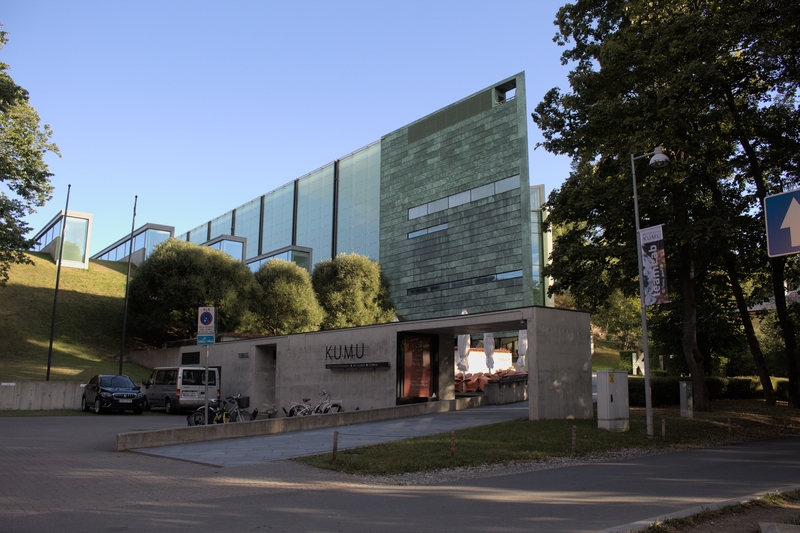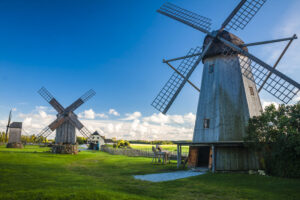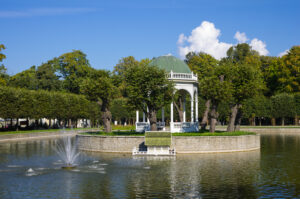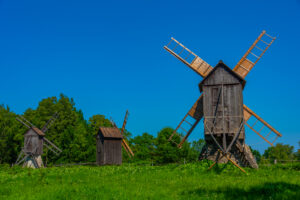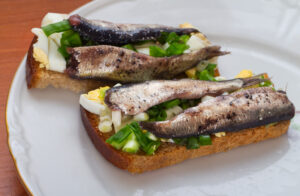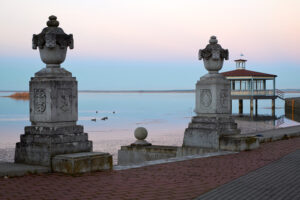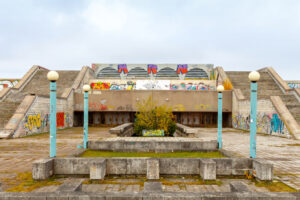Nestled on the shores of the Baltic Sea, Tallinn, the capital of Estonia, is a splendid tapestry of architectural styles. Its buildings narrate stories of a rich historical past, each era leaving its distinctive imprint on the cityscape. Let’s take an architectural journey through Tallinn, from its medieval walls to its innovative modern buildings.
Medieval Architecture
Tallinn’s Old Town, a UNESCO World Heritage site, is an open-air museum of well-preserved medieval architecture. As you wander through its cobblestone streets, you’ll be greeted by a townscape steeped in the 13th to 16th centuries.
The Tallinn Town Hall, dating back to the 13th century, is the oldest town hall in the entire Baltic region and Scandinavia. This striking stone structure, with its unique red-tiled roof and soaring tower, is a stunning testament to the city’s medieval past.
Gothic Influences
The Gothic style has left a significant imprint on Tallinn’s Old Town. The prime example is the St. Olav’s Church, which is believed to have been the world’s tallest building in the 16th century. Its robust tower and spire command the city’s skyline, symbolizing Tallinn’s maritime might in the Middle Ages.
Equally impressive is the House of the Brotherhood of Blackheads, a Gothic guildhall constructed in the 16th century. Its elaborate façade adorned with carved stone decorations is a sight to behold.
Russian Orthodox Influence
Tallinn’s architecture is also marked by Russian Orthodox influences. The Alexander Nevsky Cathedral, sitting atop Toompea Hill, is a magnificent representation of this style. Built in the late 19th century, when Estonia was part of the Tsarist Russian Empire, this onion-domed cathedral is an emblem of the Russian Orthodox faith in Estonia.
Baroque and Classical Architecture
A stroll through the Kadriorg district will reveal an array of Baroque and classical buildings. Kadriorg Palace, built by Russian Tsar Peter the Great for his wife Catherine I, is a magnificent example of Baroque architecture. This pink, palace-like structure, surrounded by a French-style park, is a tribute to opulent Tsarist aesthetics.
The neoclassical KUMU Art Museum, located nearby, is a stunning contrast to the Baroque palace. Its sleek lines and minimalist design reflect Estonia’s deep appreciation for classical architectural principles.
Soviet Era Architecture
The Soviet era left behind a unique architectural footprint. The Tallinn TV Tower, built for the 1980 Moscow Summer Olympics, is the most visible legacy of this period. This tower, the tallest in Estonia, features a modernist design that reflects the Soviets’ aspiration for technological progress.
Linnahall, a colossal concrete structure built as a concert hall, stands as another relic of the Soviet era. Its brutalist design, characterized by raw, geometric forms, serves as a stark reminder of Estonia’s past under Soviet rule.
Modern Architecture
Tallinn’s modern architecture encapsulates the city’s innovative spirit. The Rotermann Quarter, once an industrial wasteland, has been transformed into a vibrant district showcasing contemporary Estonian architecture. Here, old factory buildings have been repurposed and incorporated into modern designs, creating a unique urban environment.
The e-Estonia Showroom, with its sleek glass facade, symbolizes Estonia’s status as a digital society. It represents a new architectural era focusing on sustainability and technological integration.
Architectural Walking Tours
To explore Tallinn’s architectural treasures, consider taking a walking tour. Start in the medieval Old Town before moving on to the Kadriorg district. Don’t forget to check out the Soviet structures, and finish your tour with the contemporary marvels in the Rotermann Quarter.
Conclusion
The architectural wonders of Tallinn tell a fascinating tale of history, culture, and innovation. Each building, from medieval stone structures to glass-fronted modern designs, offers insights into the periods they were born in. This blend of architectural styles makes Tallinn an intriguing city, a place where the past, present, and future coexist harmoniously in built form.

